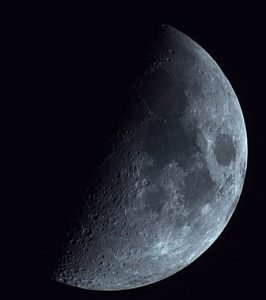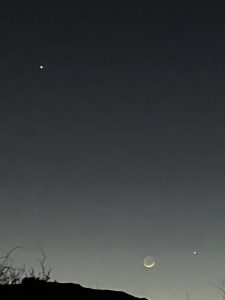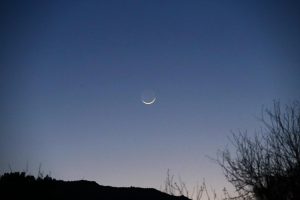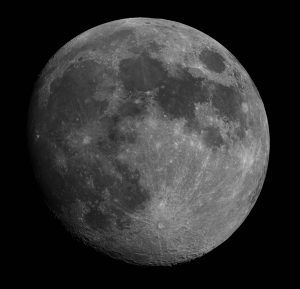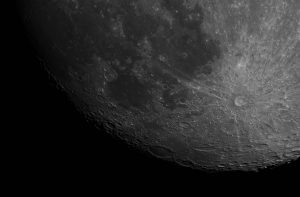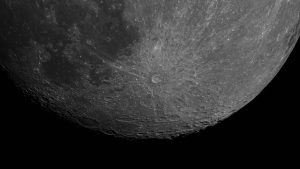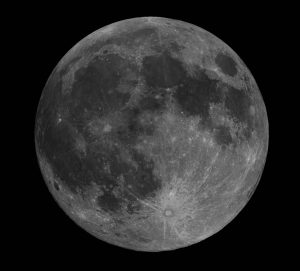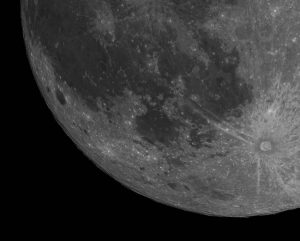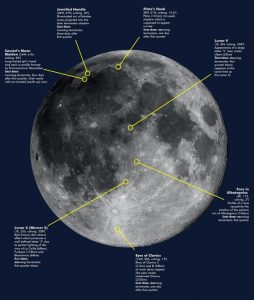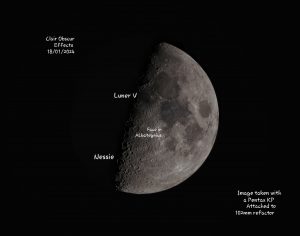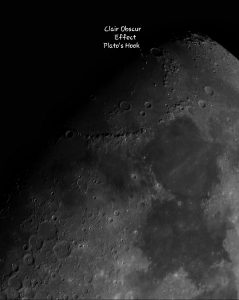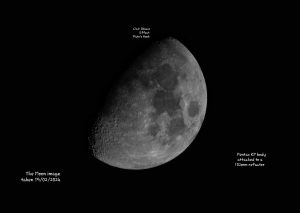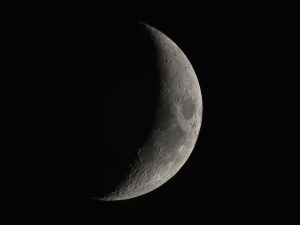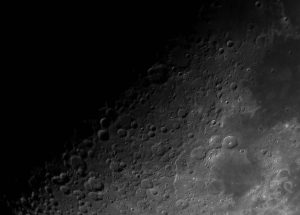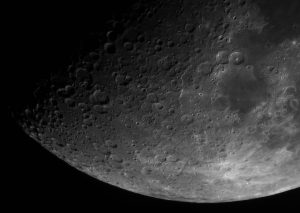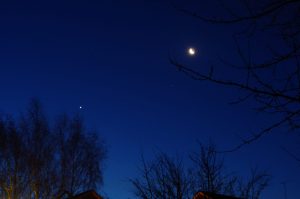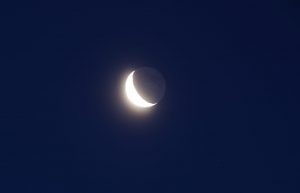Three fantastic Full Moon images taken by CMHASD member Honor Wheeler on the 24th March 2024 from North Kent.
This is the first Full Moon of the spring season and appeared on the night of Sunday 24th March and Monday 25th March reaching its peak illumination in the early hours of Monday 25th March 2024.
In March, the Full Moon is also known as the Worm Moon and if it occurs on or after 21st March it is also known as the Paschal Moon, which is used to determine the date of Easter. In some years the Paschal Moon is the Worm Moon as in this year 2024; in others, it's the Pink Moon (Full Moon in April). The dates for the Paschal Moon range from the 21st March to the 18th April.
Moonrise half risen
Honor used a Canon M6II, Tamron 18-400mm lens set to 400mm, F8.0, exp1/640s and ISO400.
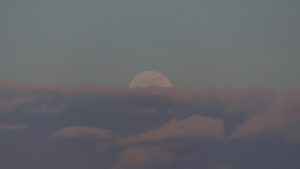
Full Moonrise
Honor used a Canon M6II, Tamron 18-400mm lens set to 400mm, F8.0, exp1/640s and ISO400.
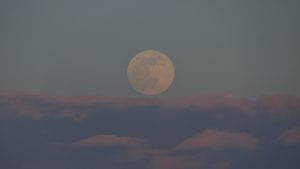
Full Moon and Blossom
The image below is a composite photo of the moon through an Apricot tree in bloom. The first photo was focused on the moon the second focused on the tree then overlayed using snapseed.
Honor used a Canon M6 II, Tamron 18-400mm lens and Tripod.
For the Moon exposure the settings were; lens set to 400mm, F8.0, exp1/3200s and ISO800.
For the tree exposure the settings were; lens set to 400mm, F8.0, exp1.1/3sec and ISO800.
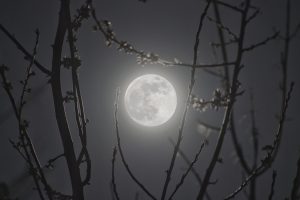
For more information about the March Full Moon check out https://www.almanac.com/content/full-moon-march and https://www.timeanddate.com/astronomy/moon/worm.html






